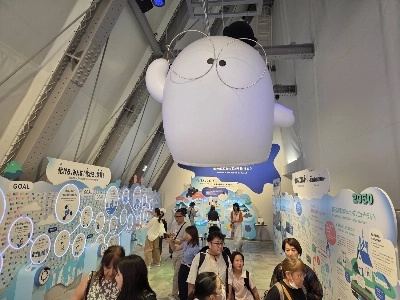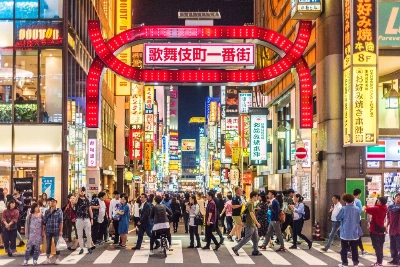A month after Tesla launched a trial robotaxi service in Austin, Texas, in June for select fans, CEO Elon Musk told investors that the company’s driverless taxis would likely be available to "half the population of the U.S.” by the end of this year.
Alphabet’s Waymo — the U.S. leader in autonomous ride-hailing — launched a similar test service in Phoenix more than eight years ago. Today, it operates in areas with about 3% of the U.S. population.
Musk’s pronouncements about expanding Tesla’s robotaxis at a "hyper-exponential rate” stand in contrast to Waymo’s deliberate approach ahead of entering new markets. Musk sees a faster path to scaling the business because of Tesla's reliance on just cameras and artificial intelligence, compared with Waymo's rules-based AI approach that uses more sensors and high-definition mapping. The differing strategies have far-reaching implications for the early pecking order in the nascent autonomous-driving space, which some analysts and investors say could become a multitrillion-dollar market over the next 15 years.


















With your current subscription plan you can comment on stories. However, before writing your first comment, please create a display name in the Profile section of your subscriber account page.